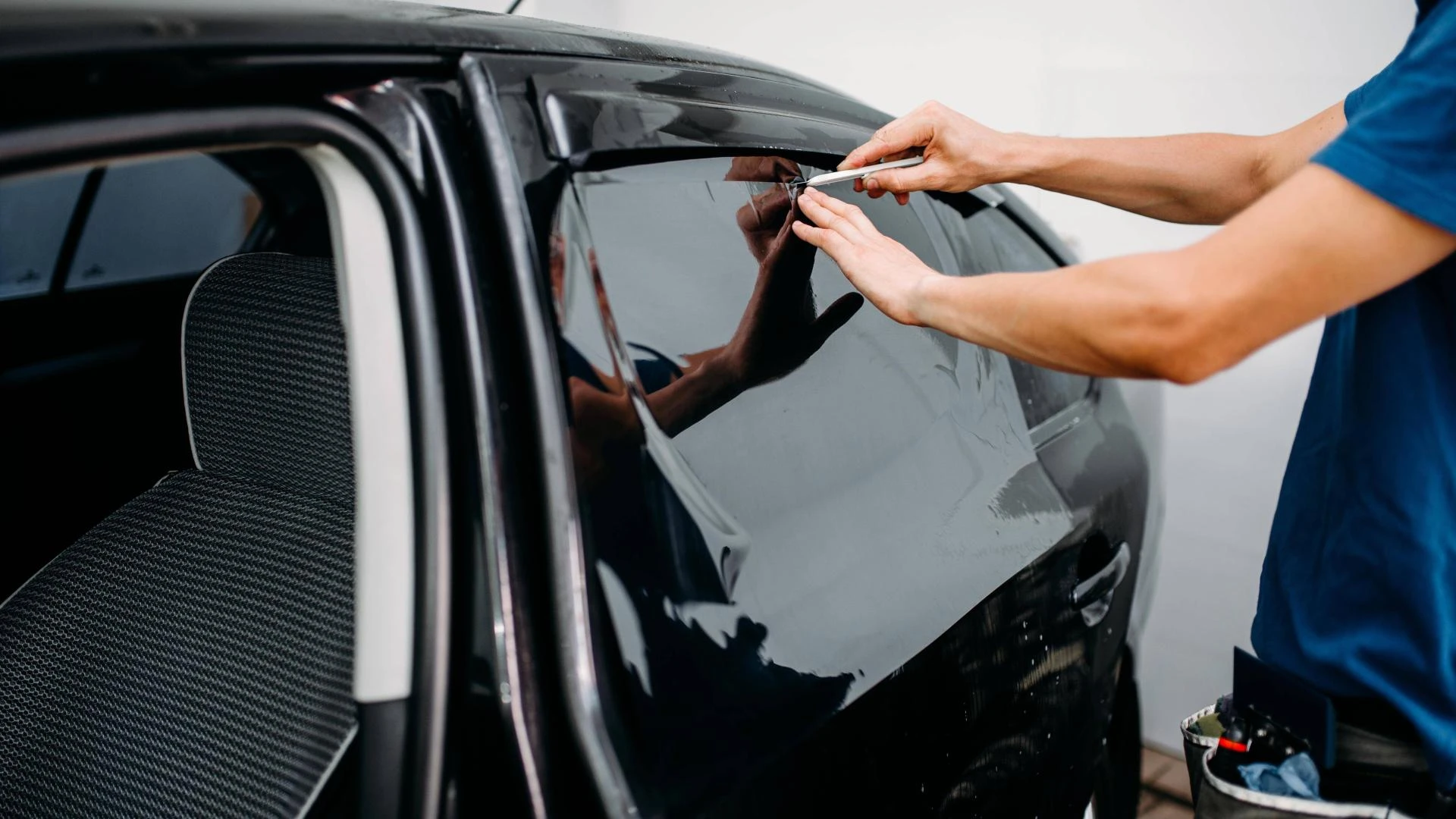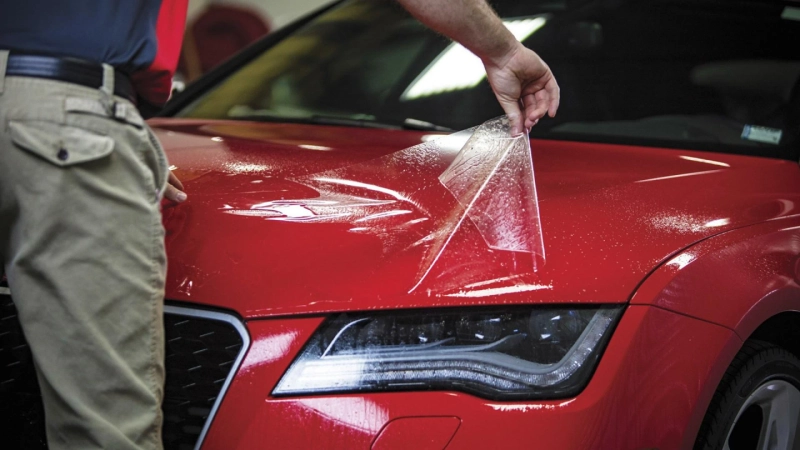Car customization has evolved far beyond basic paint jobs and traditional decals. In today's fast-paced world, innovation is transforming vehicles into personalized tech marvels. From dynamic color-changing wraps to high-tech window tints that react to sunlight, the possibilities for upgrading your vehicle have become smarter and more futuristic than ever. In this blog, we dive deep into the cutting-edge advancements in car aesthetics, specifically focusing on smart car wrap ideas and the benefits of smart window tint technologies.
Whether you're an enthusiast, a professional in the automotive industry, or just someone who wants to make their car stand out, these intelligent enhancements are reshaping the world of automotive customization.
The Evolution of Car Wraps: From Aesthetic to Intelligent
Car wraps began as a cost-effective alternative to repainting. They allowed vehicle owners to change the appearance of their cars with less commitment and more creativity. Over the years, technology has taken wraps a step further with smart materials and responsive designs.
Smart car wraps are not just about looking cool—they serve functional purposes. For example, some wraps can change color based on temperature, light exposure, or electrical signals. Others are embedded with sensors or conductive elements for specialized use.
Trending Smart Car Wrap
Let’s explore some of the most exciting and futuristic smart car wrap styles that are gaining popularity:
1. Color-Changing Wraps (Thermochromic or Photochromic)
These wraps change color when exposed to heat or sunlight. On a hot day, your black car might turn silver to reflect heat, enhancing both aesthetic appeal and comfort.
2. Electroluminescent Wraps
These wraps can light up using electricity. Popular in promotional vehicles or show cars, electroluminescent wraps can pulse or glow in patterns, making your car an instant head-turner.
3. Reflective Safety Wraps
Not just smart-looking, but also practical. These wraps reflect light to increase visibility at night, enhancing safety for both the driver and pedestrians.
4. Interactive Touch Wraps
A newer innovation includes wraps that respond to touch or gestures. For example, a touch on the hood might activate certain lights or patterns.
5. Solar-Charging Wraps
These include embedded solar cells that help power small devices or sensors in the car, supporting sustainable driving goals.
The trend of smart car wrap ideas is pushing the boundaries of what vehicle customization means, combining beauty with utility.

Smart Window Tint: A New Standard in Comfort and Privacy
While car wraps revolutionize the body of the car, smart or electrical window tint is doing the same for your windows. These modern tints are no longer static films; they are adaptive, electronic solutions designed to enhance driving experience and energy efficiency.
How It Works:
Electrical tint uses advanced technologies like liquid crystal (LC) or suspended particle devices (SPD). When activated by an electrical current, these materials can change from transparent to opaque in seconds.
Key Benefits:
- Instant Privacy: Drivers can control the level of tint with a button press, enhancing privacy without needing physical shades.
- UV Protection: Smart tints block up to 99% of UV rays, protecting the interior and passengers.
- Heat Regulation: These tints help regulate temperature, reducing the need for air conditioning and improving fuel efficiency.
- Custom Control: Some systems allow app-based or voice-controlled tint adjustment.
- Aesthetic Flexibility: Choose from various levels of darkness or even colors, depending on the design.
Smart Car Customization: Beyond the Surface
Combining smart car wraps and intelligent tinting opens doors to even more innovation. Imagine a car that adjusts its exterior color and interior lighting based on weather, mood, or time of day.
Here are some ways to push boundaries:
- Integrated Lighting: Sync electroluminescent wraps with LED lighting for full-body animations.
- Connected Car Technology: Use mobile apps to change wrap patterns and tint settings remotely.
- Vehicle Communication: Cars could communicate with each other using wrap-based LED signals.
Challenges and Considerations
While smart customization is exciting, it comes with challenges:
- Cost: Smart materials and installation can be significantly more expensive than traditional options.
- Durability: While improving, smart wraps and tints may not yet match the lifespan of traditional ones.
- Regulation: Some countries have laws about reflectivity, tint darkness, or changing car color—always check local regulations.
- Maintenance: These materials require careful cleaning and may need specialized repair when damaged.
Despite these challenges, the advantages of smart car enhancements make them a worthwhile investment for tech-savvy drivers.
Real-World Applications and Case Studies
- Luxury Brands: High-end brands like BMW and Mercedes have showcased concept cars with color-shifting exteriors and intelligent tints.
- Fleet Vehicles: Delivery or service vehicles are using smart wraps to display real-time information like promotional messages or traffic alerts.
- EV Integration: Many electric vehicles are incorporating solar-active wraps and smart tints to enhance energy efficiency.
The Future of Automotive Aesthetics
Looking ahead, the line between technology and design will continue to blur. As AI and IoT integrate further into vehicles, wraps and tints may respond to personal preferences, environmental cues, or safety protocols.
For example:
- Wraps could display battery charge levels or route directions.
- Tints may adapt based on eye-tracking to reduce glare where needed.
- Customizations could sync with smart homes or wearables.
Conclusion
The future of car customization is intelligent, dynamic, and highly personalized. Innovations like smart wrap styles and smart tin for vehicle offer a blend of function and flair that redefines how we view vehicle aesthetics. As these technologies become more accessible, expect to see more cars that are not just driven—but also expressive, interactive, and adaptive.
By embracing these smart solutions today, you're not just upgrading your car—you're stepping into the future of automotive design.
FAQs
Q1. Are smart car wraps legal in all countries?
Not always. While smart wraps are generally legal, some features like flashing lights or certain reflective materials might violate local traffic laws. It's best to check with local vehicle authorities before installation.
Q2. How long do smart window tints last?
With proper care, these tints can last 5–10 years. However, lifespan can vary depending on quality, usage, and exposure to weather conditions.
Q3. Can I control smart tints with my smartphone?
Yes, many modern smart tint systems offer app-based control, allowing you to adjust the tint level remotely through your phone.
Q4. Are smart car wraps waterproof and weather-resistant?
Most high-quality smart wraps are designed to be water- and weather-resistant. Still, extreme conditions or poor installation can affect their durability.
Q5. Do these technologies affect my car’s battery life?
Smart wraps and tints consume very low energy. While they do draw power, the effect on battery life is minimal—especially in vehicles with strong electrical systems or those that are hybrid or electric.

